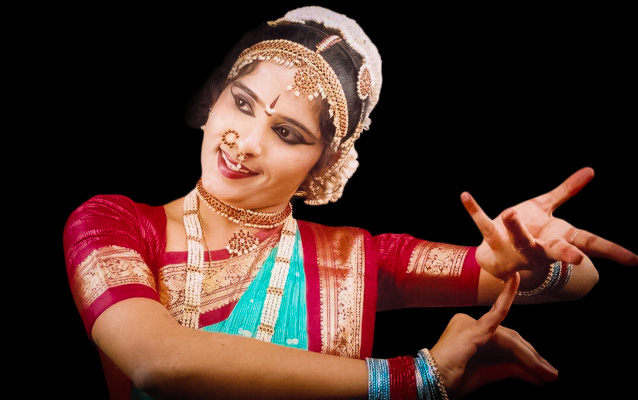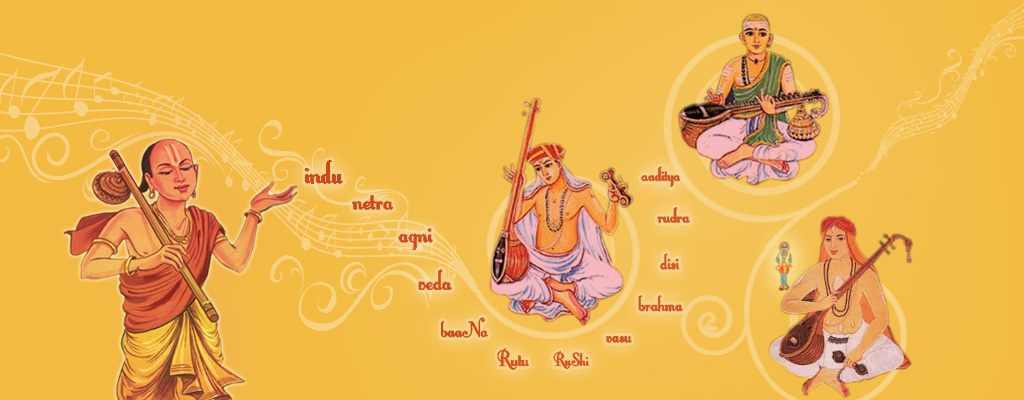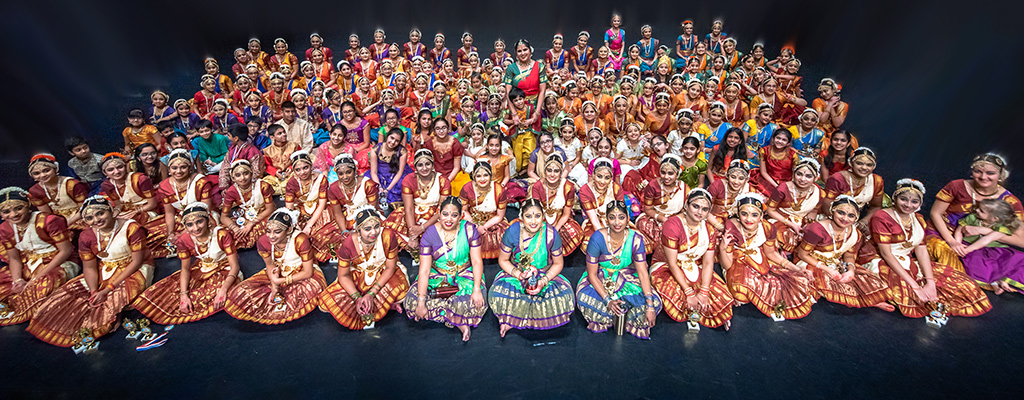Carnatic Classical Music
Carnatic music is one of the world’s oldest & richest musical traditions from South India. It’s basic elements are Shruti (the relative musical pitch), Swara (the musical sound of a single note), Raga (melodic formula), & Tala (the rhythmic cycles). All of them form the foundation of improvisation.
Carnatic music is a system of music commonly associated with the southern part of the Indian. The main emphasis in Carnatic music is on vocal music; most compositions are written to be sung, and even when played on instruments, they are meant to be performed in gāyaki (singing) style.
With emphasis on “ragas” (musical scales) and “thalas” (rhythms), the carnatic music is performed in vocal and instrumental styles – very often strictly adhering to the scales and rhythms. The artist, for example, sings an entire song in a selected musical scale (comprising of selected musical notes) and exhibits creative arrangements within the selected scale. The carnatic musicians practice musical curves extensively which is a unique feature of this form of music.
There are many composers in Carnatic music. Purandara Dasa is renowned as the father of Carnatic music for formulating the basic lessons of, and his contributions to Carnatic music. He structured graded exercises known as Swaravalis and Alankaras, and at the same time, introduced the Raga “Mayamalavagowla” as the first scale to be learnt by beginners. He also composed Gitas (simple songs) for novice students. The contemporaries Tyagaraja, Muthuswami Dikshitar, and Syama Sastri, are regarded as the Trinity of Carnatic music including Annamacharya and many other composers.
Carnatic music has a rich repository of well-documented and exotic musical scales, rhythms and songs – many of which remain unexploited event today!






